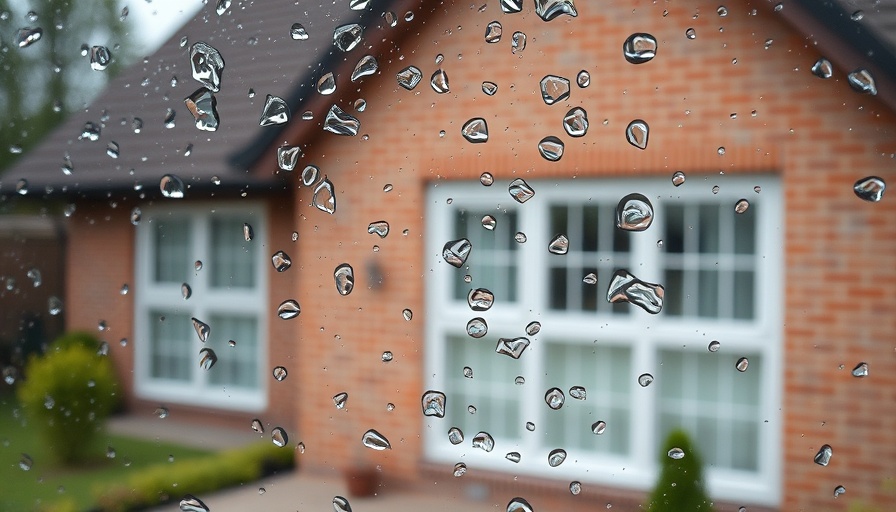
Understanding the Causes of Bedroom Condensation
As winter rolls in, many young homeowners in London face the annoyance of condensation in their bedrooms, often manifested as droplets on windows or that musty smell indicating potential mould. Understanding what causes condensation is the first step in combating it.
Essentially, condensation occurs when warm, moist air meets a cooler surface, resulting in water droplets. This often happens when you’re cozily tucked in for the night, with your windows closed and heating off. Often overlooked, the air we exhale while sleeping releases moisture, which, combined with poor ventilation and inadequate insulation, exacerbates the issue.
The Real Risks of Ignoring Bedroom Condensation
While those droplets may seem harmless, the implications of condensation can create long-term issues that young homeowners should consider seriously.
- Health Hazards: Beyond just discomfort, excessive moisture can lead to mould growth, raising the risk for respiratory issues and allergies.
- Structural Dilemmas: Continuous dampness compromises walls, ceilings, and flooring. Over time, paint may bubble, and wooden structures may rot, presenting costly repairs.
- Furniture Damage: Your beautiful bedroom décor deserves better than to be dingy or mouldy. Ill-managed moisture can ruin soft furnishings and create an environment that's less than inviting.
Effective Strategies to Mitigate Condensation
Improving your bedroom environment doesn’t need to be a daunting task. These practical solutions may help tackle condensation proactively.
Boosting Ventilation: A Breath of Fresh Air
Ventilation doesn’t just keep your air fresh; it’s essential in preventing condensation. As a homeowner, opening the windows each morning—even for a short period—can significantly reduce moisture levels. Consider upgrading windows to include built-in ventilation, ensuring that they remain clean and functional.
Upgrading Insulation: Keeping the Warmth In
Insufficient insulation is a silent enemy in the battle against condensation. Cold surfaces attract moisture, so enhancing your home’s insulation can raise surface temperatures, cutting down condensation formation. Investing in double or triple-glazed windows, insulating lofts, and opting for thermal curtains can make a significant difference.
Future Insights: The Importance of Smart Solutions
As London embraces a more tech-savvy lifestyle, incorporating smart home solutions could be the future of condensation management. Automated ventilation systems can monitor air quality and humidity levels, adjusting airflow as needed. These solutions not only enhance comfort in homes but also provide efficiency that aligns with a sustainable lifestyle.
In addition, keeping an eye on indoor humidity levels is crucial. Humidity monitors can be integrated into smart home networks, alerting homeowners when levels rise too high. Combining cutting-edge technology with sustainable practices is an excellent way to protect your home while supporting eco-friendly living.
Preparing for Cold Weather—Final Thoughts
By addressing condensation proactively, homeowners can create a comfortable living space and protect the integrity of their homes. Start incorporating these strategies now, before the chilly weather makes conditions worse. Remember, a warm home should be a healthy home!
Ready to tackle your condensation problems? Invest some time and resources into these strategies today for a more comfortable, healthier living environment in your bedroom!
 Add Row
Add Row  Add
Add 






Write A Comment